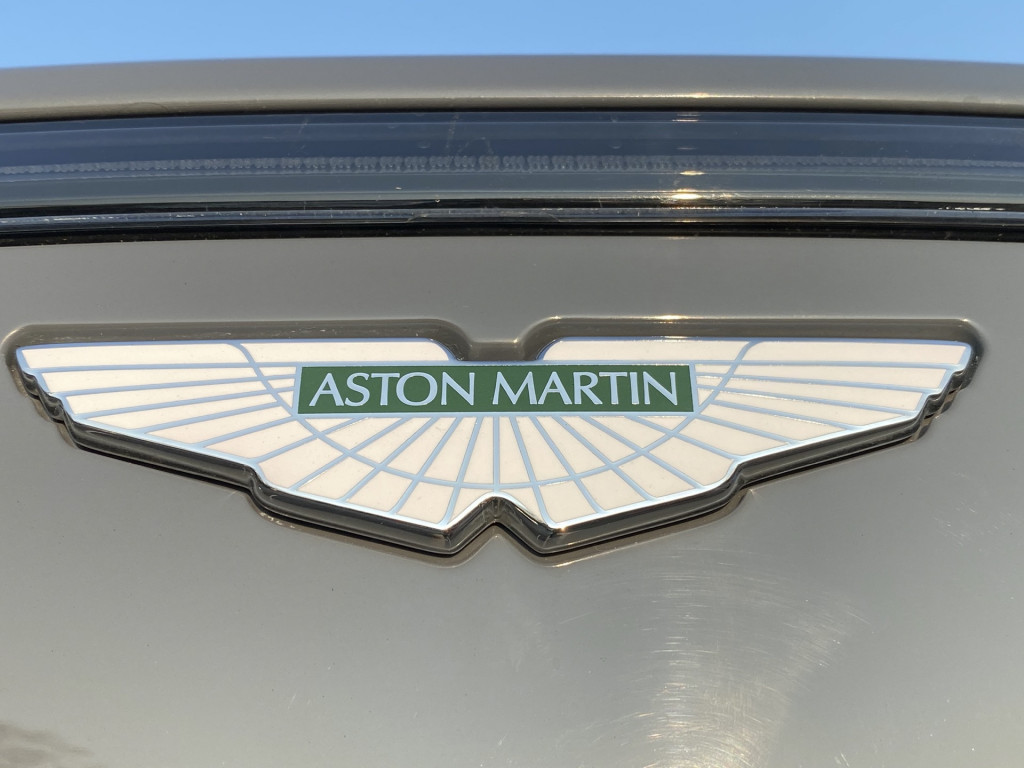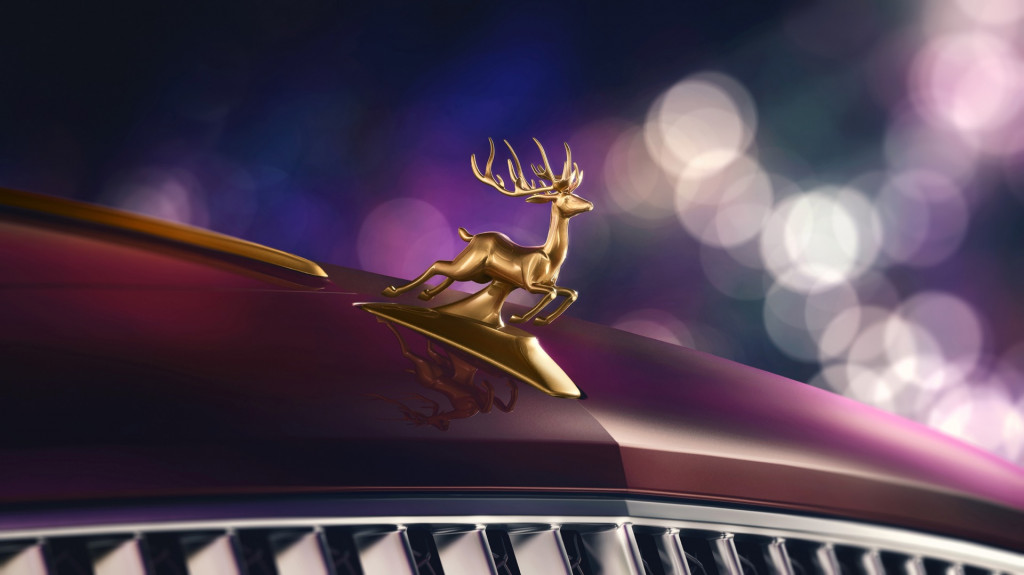A lot goes into making the winged badge on the hood of every new Aston Martin. While most automakers have moved to common plastic, each Aston badge is still handmade from metal. This video from YouTube channel MrJWW shows how it’s done, for a special-edition DBX, in this case.
A 200-year-old British company called Vaughtons has been making Aston badges since the 1960s. The company has also made medals for the Olympics and Premier League soccer, as well as badges for the first-class suites on the Titanic.
Each badge starts as a metal blank. These blanks are stamped multiple times in a machine press, but because the material will only move so much while cold, it’s also heated to 1,472 degrees Fahrenheit in between stampings (called “blows” in the business) to make it softer. This process, called annealing, brings out all of the detail.

2020 Aston Martin Vantage Coupe
Each badge can go through the press up to 14 times before it’s ready to go on a car, with six rounds of annealing in between. After that, excess material is trimmed off and the badge is sent for finishing.
With the basic shape achieved, the badge is cleaned using both ultrasound, and an electrolytic process that uses a mixture of soap and cyanide. Badges are then plated and finished, before being sent to the factory to be mounted on cars.
Aston Martin isn’t the only automaker that treats its badges like fine jewelry. Every Bugatti “macaron” badge is made from 150 grams of sterling silver, and takes 10 hours to make.


